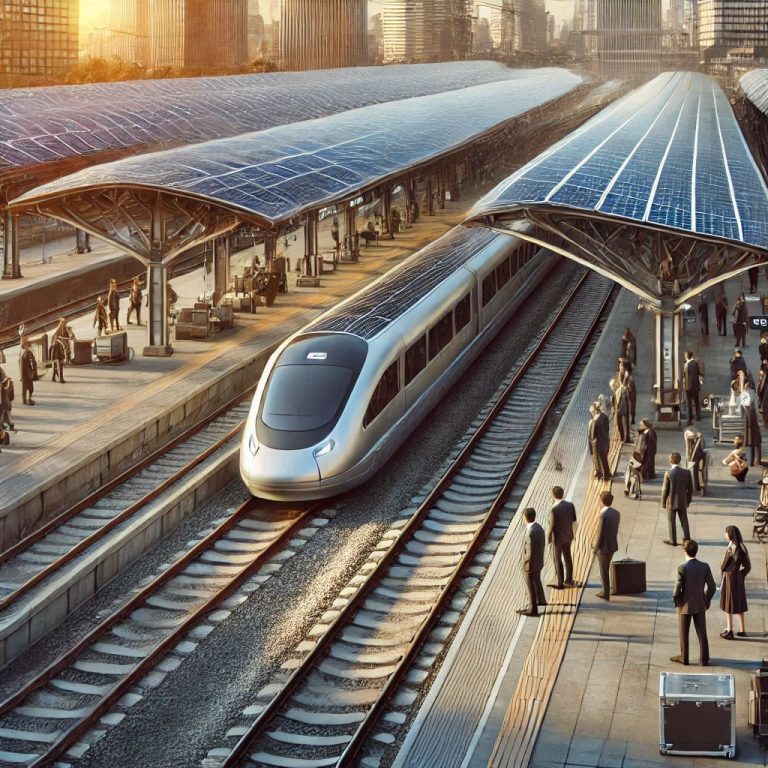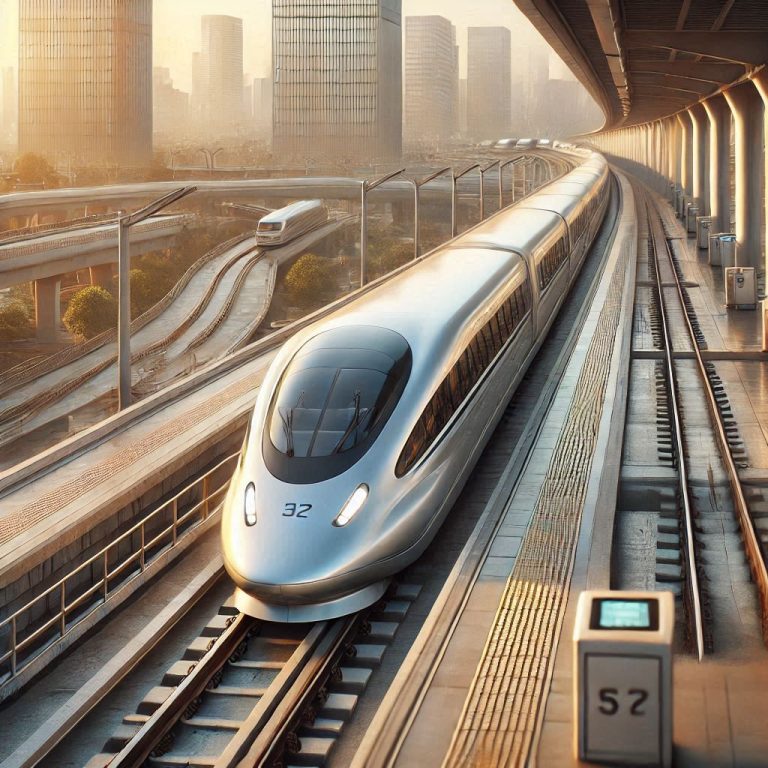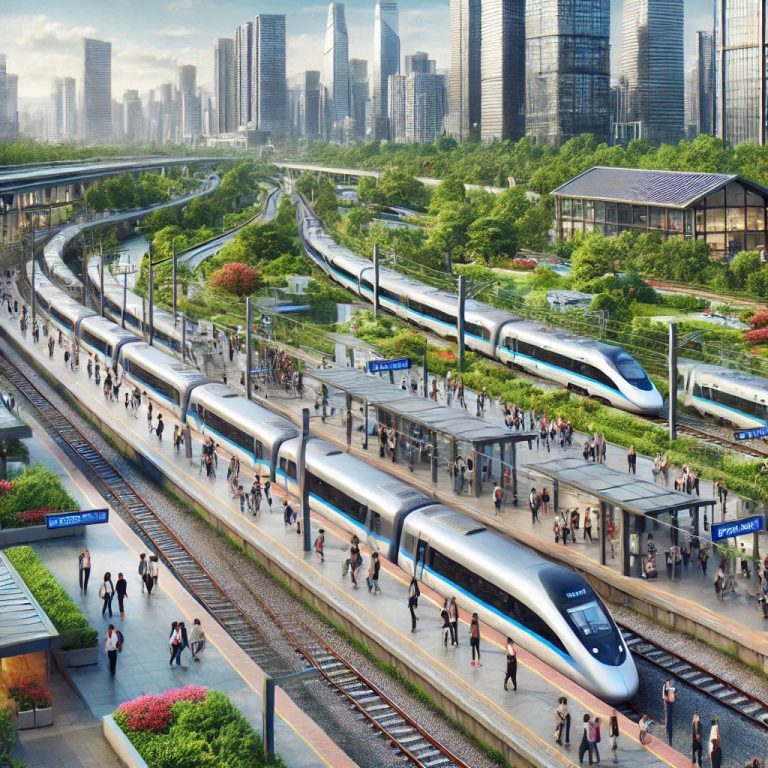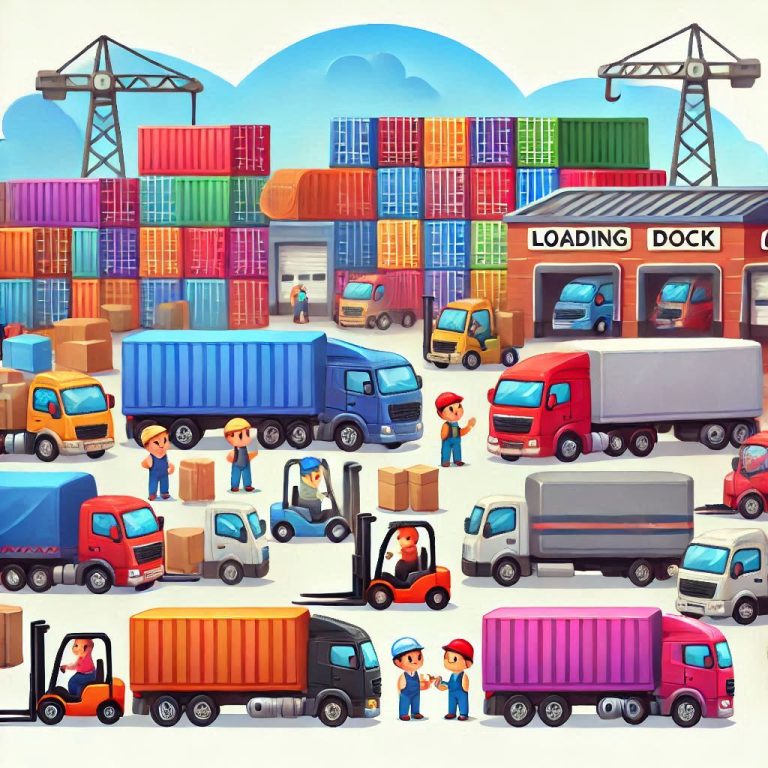
Introduction:
The history of the lorry, known as the truck in some parts of the world, is a fascinating journey that parallels the industrial and technological advancements of the past century. These robust vehicles have played a crucial role in shaping the logistics and transportation industries, enabling the efficient movement of goods over long distances. From their humble beginnings as horse-drawn wagons to the sophisticated, high-tech lorries of today, the evolution of these vehicles reflects the relentless pursuit of efficiency, speed, and reliability.
The origins of the lorry can be traced back to the late 19th century when the internal combustion engine began to revolutionize transportation. Before this period, goods were primarily transported using horse-drawn wagons, which were limited by the strength and endurance of the animals. The invention of the automobile changed everything, paving the way for the development of motorized lorries. The first motorized lorry is attributed to Gottlieb Daimler, who built a vehicle in 1896 capable of carrying heavy loads. This early lorry was powered by a two-cylinder engine and had a top speed of 12 km/h (7.5 mph).
The early 20th century saw significant advancements in lorry design and technology. Manufacturers began experimenting with different engine types, including gasoline and diesel engines. The introduction of diesel engines in the 1920s marked a significant milestone, as they provided greater power and efficiency compared to gasoline engines. During this period, lorries also began to feature enclosed cabs, pneumatic tires, and improved braking systems, enhancing driver comfort and safety.
The interwar years and the onset of World War II spurred further innovation in lorry design. The need for reliable and robust military transport vehicles led to the development of all-wheel-drive lorries and the incorporation of advanced engineering techniques. These wartime innovations significantly influenced post-war lorry design, leading to the creation of more durable and capable vehicles. The 1950s and 1960s saw the rise of articulated lorries, which consisted of a tractor unit and a semi-trailer. This design allowed for greater cargo capacity and improved maneuverability, revolutionizing the freight industry.
The late 20th century and the advent of globalization brought about increased demand for efficient and reliable transportation. Lorry manufacturers responded by introducing new technologies such as turbocharged engines, aerodynamic designs, and computerized systems for monitoring and controlling vehicle performance. Environmental concerns also began to influence lorry design, leading to the development of cleaner, more fuel-efficient engines and the introduction of alternative fuels such as natural gas and biodiesel.
In the 21st century, lorry technology continues to evolve at a rapid pace. Modern lorries are equipped with advanced features such as GPS navigation, telematics systems, and automated driving technologies. The push towards sustainability has also led to the development of electric and hybrid lorries, which offer zero-emission alternatives to traditional diesel-powered vehicles. Autonomous lorries, capable of operating without human intervention, are currently being tested and hold the promise of further revolutionizing the logistics industry.
Summary:
The journey of the lorry from its early days as a motorized wagon to its current status as a high-tech, sustainable transport vehicle is a testament to human ingenuity and the relentless pursuit of progress. Over the past century, lorries have undergone significant transformations, driven by advancements in engineering, technology, and environmental awareness. Today, they are indispensable components of the global supply chain, ensuring the efficient movement of goods across vast distances. As we look to the future, the continued evolution of lorry technology promises to deliver even greater efficiency, sustainability, and reliability, shaping the logistics industry for years to come.
The history of lorries is a story of innovation and adaptation, reflecting the changing needs of society and the ongoing quest for more efficient and sustainable transportation solutions. As we continue to push the boundaries of what is possible, the lorry will undoubtedly remain at the forefront of the logistics industry, driving progress and connecting communities around the world.



